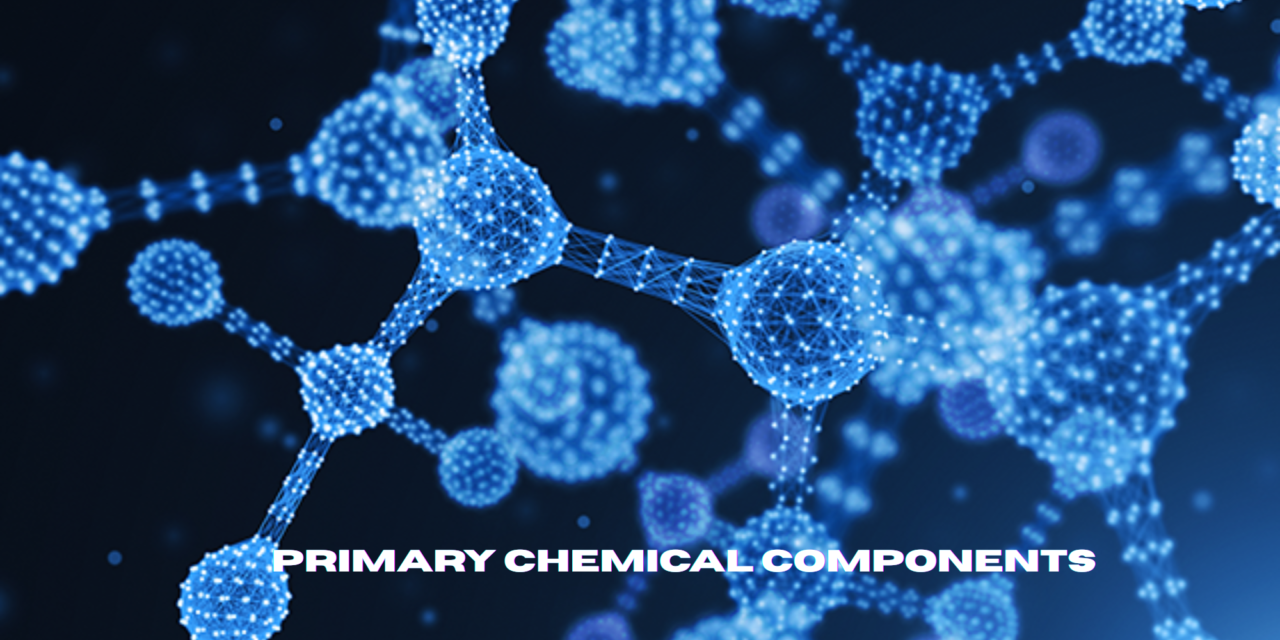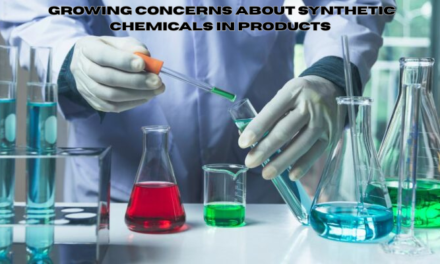The primary chemical components of explosives and propellants are specific substances that react rapidly to release large amounts of energy. Here’s an overview of the key components:
1. Explosives
- Nitroglycerin: A highly explosive compound used in dynamite and as a component in some military explosives.
- TNT (Trinitrotoluene): A widely used explosive in both military and industrial applications due to its stability and relatively safe handling.
- RDX (Research Department Explosive): A powerful explosive often used in military applications and as a component in plastic explosives.
- PETN (Pentaerythritol tetranitrate): A high-energy explosive commonly found in detonators and military explosives.
- Ammonium Nitrate: A key ingredient in both fertilizers and explosives, it is used in ammonium nitrate-fuel oil (ANFO) explosives.
- Potassium Nitrate: Combined with charcoal and sulfur, it forms black powder, one of the oldest explosive materials.
- HMX (High Melting Explosive): Similar to RDX but with higher energy content, used in military and industrial explosives.
2. Propellants
- Gunpowder (Black Powder): The traditional propellant made from a mixture of potassium nitrate, charcoal, and sulfur. It is used in firearms and fireworks.
- Double-base Propellants: Made from nitrocellulose and nitroglycerin, these are used in small arms ammunition, artillery, and rockets.
- Triple-base Propellants: These contain nitrocellulose, nitroglycerin, and potassium nitrate, providing higher energy output and stability in military applications.
- Solid Rocket Propellants: Typically composed of a fuel (such as aluminum powder) and an oxidizer (like ammonium perchlorate), these are used in rockets and space exploration.
These chemical components are designed to rapidly decompose or burn, releasing large amounts of energy as heat and gas, which creates the desired explosive or propellant effect.

















